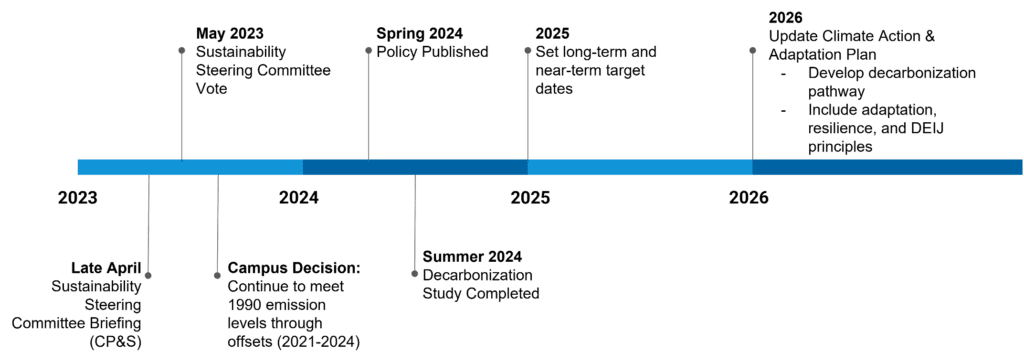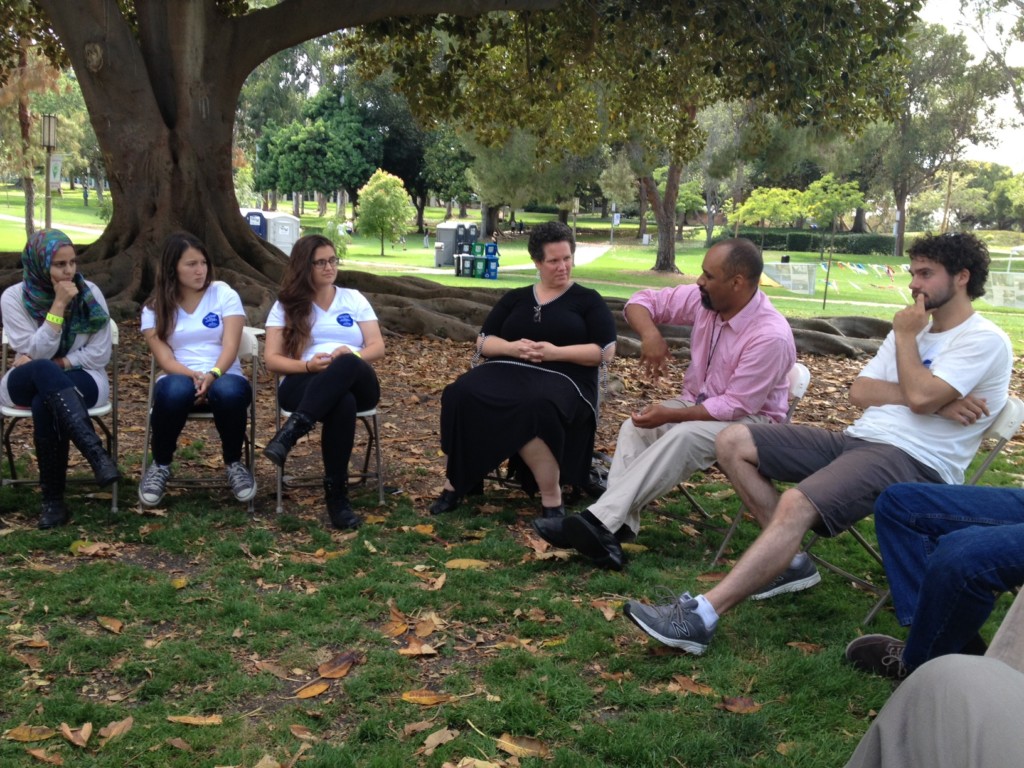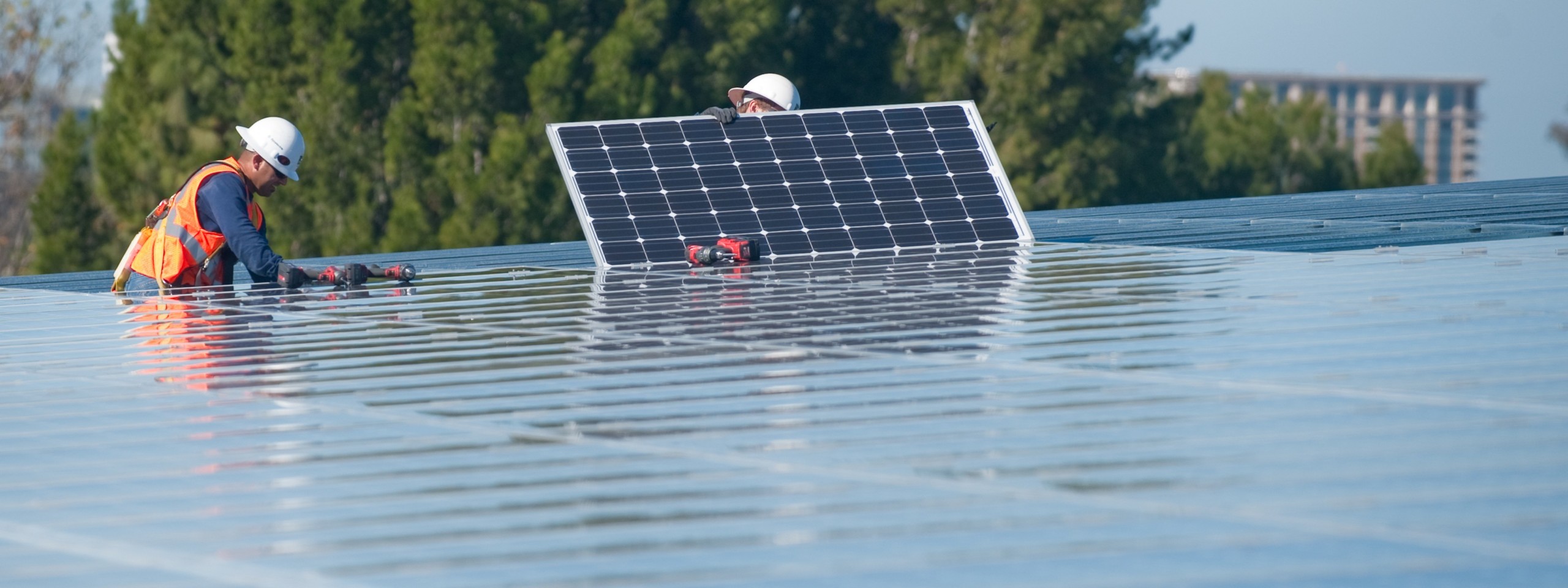Decarbonization
UCI is committed to addressing the climate change crisis by reducing our greenhouse gas (GHG) emissions. UCI has reduced greenhouse gas emissions significantly since our first Climate Action Plan was developed in 2007. Close to 20,000 metric tons of GHG emissions have been avoided due to campus-wide energy efficiency projects such as the addition of solar power (6 MW), carbon-free electricity purchased through the UC Clean Power Program, and through low carbon growth.
Despite the progress we have made, while experiencing significant growth, climate science calls for direct emission reductions. To strengthen the UC’s commitment to reducing fossil fuel use at all campuses and medical centers, the University of California has adopted stronger climate action goals that align with climate science and support the state of California’s recently adopted decarbonization policy (AB-1279 Climate Crisis Act).
UC Climate Policy
The University of California has adopted stronger climate action goals. The updated goals prioritize direct emission reductions, limiting the use of carbon offsets and align UC’s climate goals with those of the state of California (AB-1279 Climate Crisis Act). The UC’s climate policy puts in place a framework and timetable for campuses and academic health centers to be fully decarbonized by 2045, corresponding with a 90% reduction in GHG emissions. The targets for reducing emissions get progressively larger for 2030, 2035, and 2040.
Decarbonization Goal
- Reduce total emissions (scope 1, 2, and 3) by at least 90% by 2045
- Negate any residual emissions remaining in 2045 through investments in carbon removal
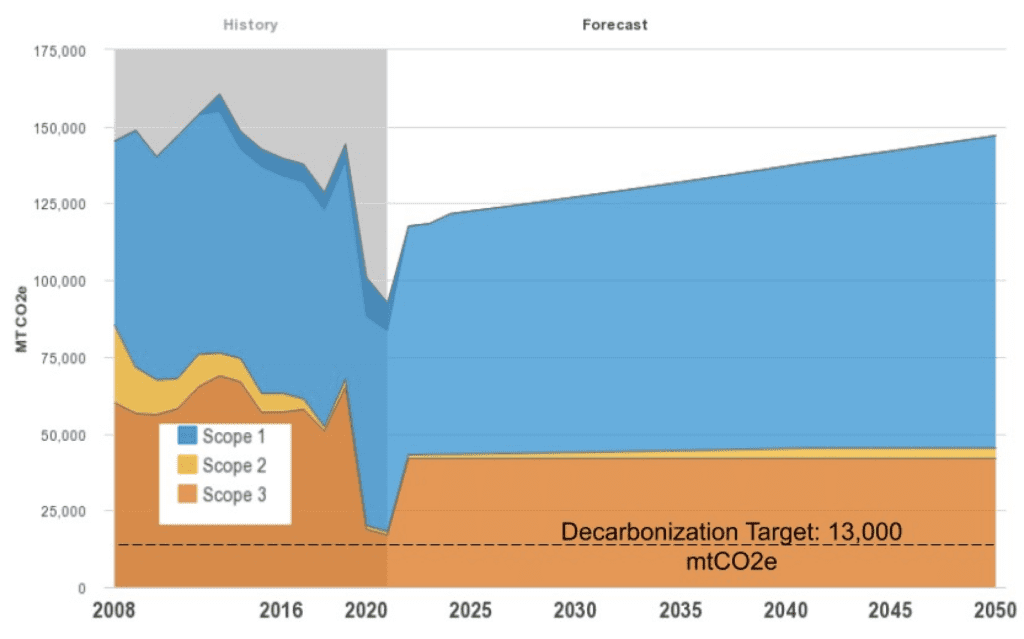

Scope 1 (Natural gas combustion, Fleet)
- Set reduction targets for 2030, 2035, 2040
- Incrementally reduce greenhouse gas emissions from the on-site combustion of fossil fuels
- Allocate $25 per ton of emissions to achieve direct emissions reductions in 2025 through 2030 (with a 5% annual escalation)
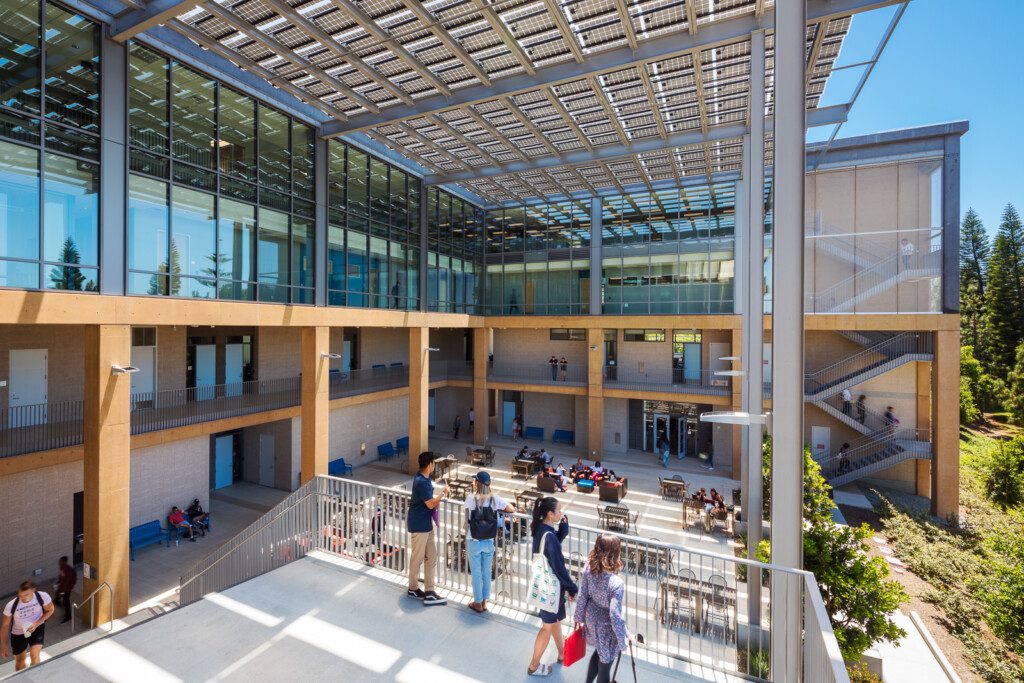
Scope 2 (Purchased electricity)
- Purchase 100% clean electricity beginning in 2025
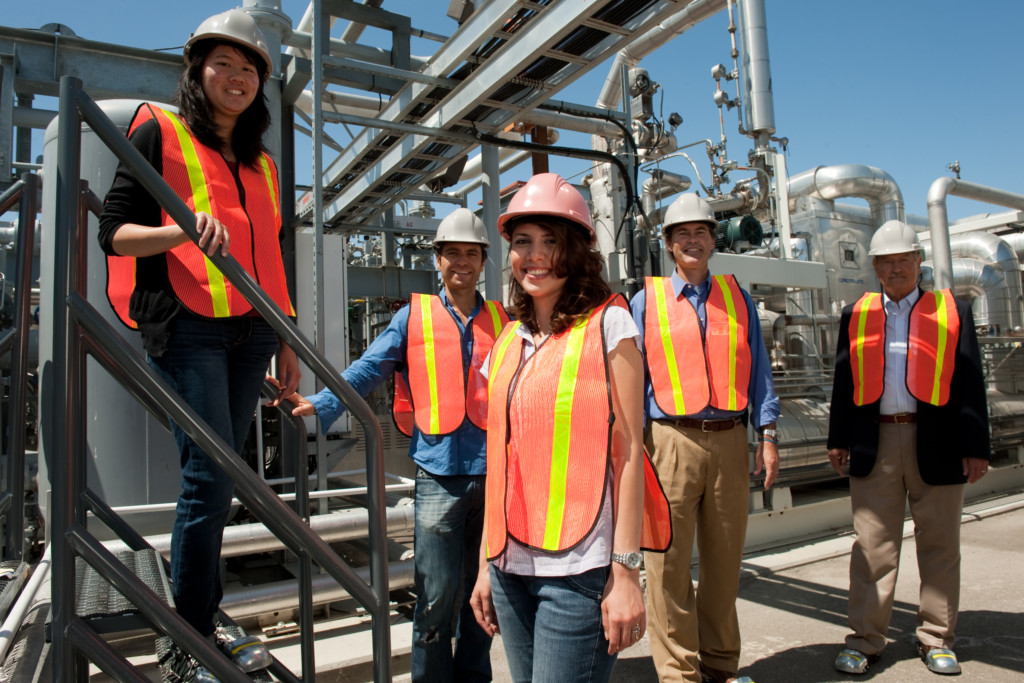
Scope 3 (Business related air travel, Commuting, and Waste)
- Set scope 3 emissions reduction targets in alignment with State of California’s goals
UCI Decarbonization Study
The biggest challenge to decarbonize and meet the new policy targets is also one of our greatest assets. The central plant at UCI provides reliable power, heating, and cooling to the Academic Core and Health Sciences District. However, over 90% of UCI’s GHG (~68,000 metric tons CO2e) associated with operations comes from the combustion of natural gas at our central plant.
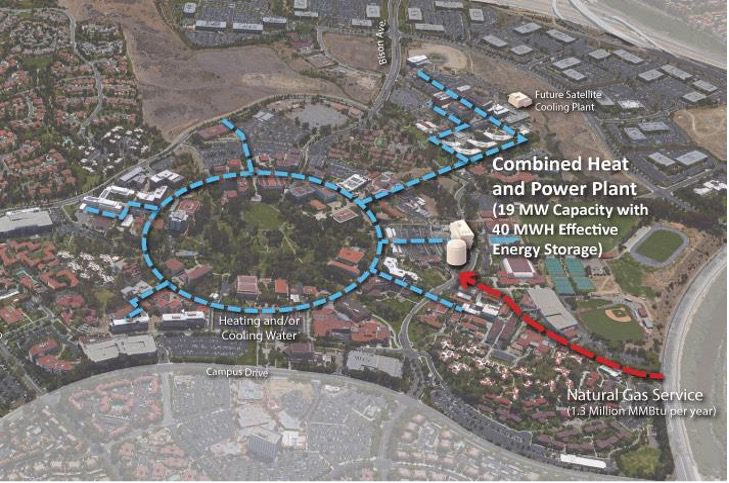
To address this complex challenge UCI is embarking on a year-long study to determine the best path towards full decarbonization. Funded by the Office of the President the decarbonization study will develop a strategy to reduce emissions by at least 90% no later than 2045. The study will also identify just transition considerations, climate equity and justice, and opportunities for bridging this transition with UCI’s mission of research and education.
The study is being led by Facilities Management who will work with a consulting engineering firm, Black & Veatch, and an advisory group of UCI staff, faculty and student representatives to provide recommendations to campus leadership and will UC Pathways to a Fossil Free Task Force (P2FFUC).
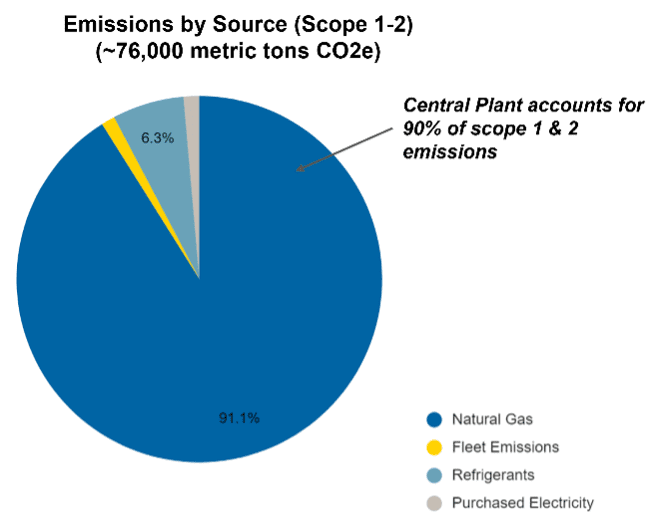
Fossil Free Planning & Climate Action and Adaptation Plan (CAAP) Timeline and Development
